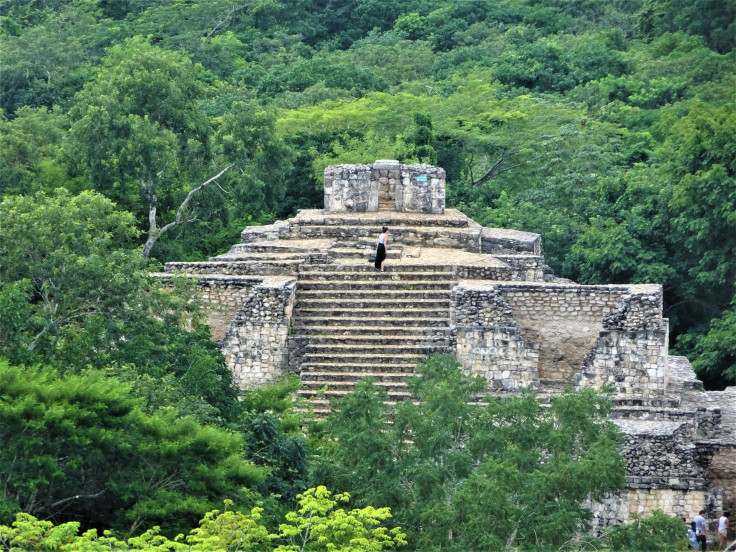Geologists and researchers who were involved in finding an ancient Mayan ruin underneath a dense forest in Northern Guatemala shared some of the new insights about the ancient society on Thursday that could be gleaned from the area.
The ruins, which were discovered using cutting-edge LiDAR (light detection and ranging) technology in the Mirador-Calakmul Karst Basin, showed an interconnected series of cities and towns spanning over 650 square miles and containing a complicated amount of architecture and buildings within, according to the Mirror.
The paper, which was published in Ancient Mesoamerica, has contributed to creating many questions about the material discovered, and co-authors Ross Ensley from the Institute for Geological Study of the Maya Lowlands in Houston and Carlos Morales-Aguilar from the University of Texas have shared some new insights on Mayan society which they found in the ruins, Live Science reported.
“For the Maya, the Mirador-Calakmul Karst Basin was the ‘Goldilocks Zone,’” Ensley said about the area where the ruins were discovered, describing them as a “mix of uplands” for the regular settlement of the ancient Mayans and “lowlands” for the agriculture needs of the civilization.
The lowlands themselves were described as “seasonal swamps,” where terraced farmlands and wetland farms could be constructed by the Mayans to provide the food needs of the complicated connection of cities, towns, and villages.
Meanwhile, Morales-Aguilar observed that the LiDAR technology, which allowed them to see the ruins without having to dig up the rainforest, helped them to observe the architecture of the area and make theories on how the ancient Mayans lived, saying that they found it “fascinating to observe for the first time the large number of reservoirs, monumental pyramids, terraces, residential areas and small mounds.”
The new technology’s observations also helped them connect the causeways to the multiple villages to each other, suggesting a vast and interconnected market and system that consists of “bajo borders" or "arroyos" with contemporary occupation and architecture,” Cambridge University Press reported.
These advances in architecture also suggest that Mayan culture at this time, dated somewhere in the Middle Preclassic period, may have been significantly more advanced than first expected due to what is called “Triadic structures” connecting the major cities in the area together.
“Collectively, we argue that the development of infrastructure demonstrates the presence of complex societies with strong levels of socio-economic organization and political power during the Middle and Late Preclassic periods,” they concluded.

© 2025 Latin Times. All rights reserved. Do not reproduce without permission.





